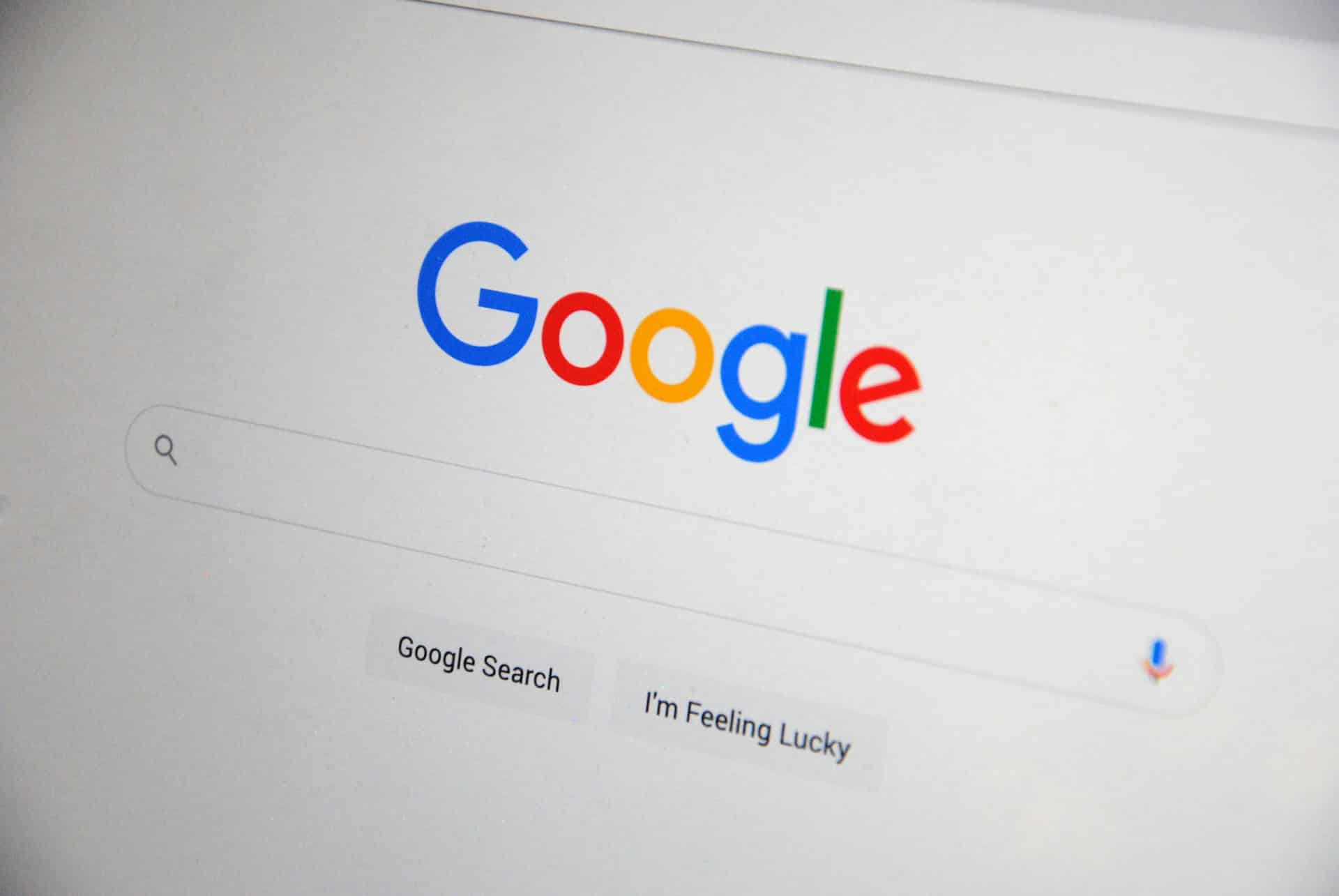In a world of endless choices, customer loyalty has become a cornerstone for brands. Loyal customers contribute to brand growth, resilience against competition, and word-of-mouth recommendations. This article explores the complex psychology behind loyal behavior and the foundational elements that can drive consumer loyalty, drawing insights from behavioral economics, social psychology, and neuroscience.
—
Understanding Customer Loyalty
Behavioral Economics: Behavioral economics combines principles from psychology and economics to understand how individuals make decisions. Unlike traditional economic models that assume rational decision-making, behavioral economics acknowledges that human behavior is often influenced by cognitive biases, emotions, and social factors. For example, loss aversion, where people are more motivated to avoid losses than to achieve gains, can be leveraged in loyalty programs by highlighting the benefits lost if not participating (Site) (Capital One Shopping).
Social Psychology: Social psychology examines how social interactions and perceptions influence behavior. Social influence is a powerful driver of loyalty. Loyalty programs that incorporate social elements, such as community forums or referral programs, tap into the human desire for social connection and belonging. Additionally, studies show that 92% of customers trust recommendations from friends and family over marketing communications (Shopify).
Neuroscience: Neuroscience provides insights into the brain mechanisms underlying consumer behavior. The neurotransmitter dopamine, associated with pleasure and reward, plays a crucial role in customer loyalty. Loyalty programs that trigger dopamine release through rewards and recognition can foster long-term loyalty (Frontiers). For example, well-designed loyalty programs can generate 22 times more profitability from existing customers.
—
Key Statistics on Customer Loyalty in eCommerce
Growth of eCommerce Sales: Global eCommerce sales are expected to reach over eight trillion dollars by 2027, highlighting the increasing importance of online commerce (HubSpot Blog).
Investment in Loyalty: 69% of brand executives have increased their loyalty investments in the past two years, and 55% plan to increase them further (Exploding Topics).
Impact of Negative Experiences: 76% of consumers would stop doing business with a company after just one bad experience (Astra).
Sharing Personal Data: 82% of loyal customers are willing to share personal data in exchange for a better customer experience (Capital One Shopping).
Rewards and Engagement: 44% of customers in a specific loyalty program have a reward redemption rate, indicating significant engagement (Shopify).
Loyalty Programs and Generation Z: 48% of Generation Z consumers participate in the loyalty programs of their favorite brands (Capital One Shopping).
Investment in Mobile Technologies: 52% of global brands are investing in mobile technologies such as digital wallets as part of their loyalty strategy (Exploding Topics).
Customer Retention: Most eCommerce businesses now focus more on customer retention than acquisition, with 74% boosting efforts to personalize their websites (Exploding Topics).
—
Strategies to Improve Loyalty
Referral Programs: Referral programs, which reward existing customers for referring new ones, are effective for introducing the brand to new consumers (Shopify).
Tiered Loyalty Programs: Tiered loyalty programs offer progressive rewards, encouraging customers to climb ranks for better benefits (Shopify).
Personalization: Personalizing customer experiences is crucial, with 58% of consumers more likely to respond to personalized messages (Capital One Shopping).
—
In conclusion, understanding and applying the science of loyalty in an eCommerce context can transform occasional customers into long-term brand advocates. By combining insights from behavioral economics, social psychology, and neuroscience, brands can create effective and sustainable loyalty programs.
—
References
- Neuroscience and Consumer Behavior: Where to Now? : https://www.frontiersin.org/articles/10.3389/fpsyg.2021.705850/full
- The Science of Loyalty: Unpacking Behavioral Economics and Neuroscience Insights : https://www.froogal.ai/post/the-science-of-loyalty-unpacking-behavioral-economics-and-neuroscience-insights
- Behavioral Economics in Consumer Behavior Analysis : https://link.springer.com/article/10.1007/s40614-017-0127-4
- Consumer Behavior : https://www.psychologytoday.com/us/basics/consumer-behavior
- The Psychology of Loyalty Programs : https://www.psychologytoday.com/ca/blog/ulterior-motives/201010/the-psychology-loyalty-programs
- Brand Loyalty Statistics (2024): Facts & Data on Customer Loyalty : https://capitaloneshopping.com/research/brand-loyalty-statistics
- Customer Loyalty Stats : https://explodingtopics.com/blog/customer-loyalty-stats
- 50 Ecommerce Statistics To Know in 2024 : https://blog.hubspot.com/marketing/ecommerce-statistics
- Brand Loyalty in Ecommerce: Why and How Communities Are Key to Long-Term, Multi-Million Dollar Success : https://www.shopify.com/blog/brand-loyalty-ecommerce
- How to Build an Ecommerce Loyalty Program that Drives Sales : https://www.shopify.com/blog/build-ecommerce-loyalty-program
- Ecommerce Statistics: 2024 Key Stats and Trends : https://wpastra.com/blog/ecommerce-statistics







